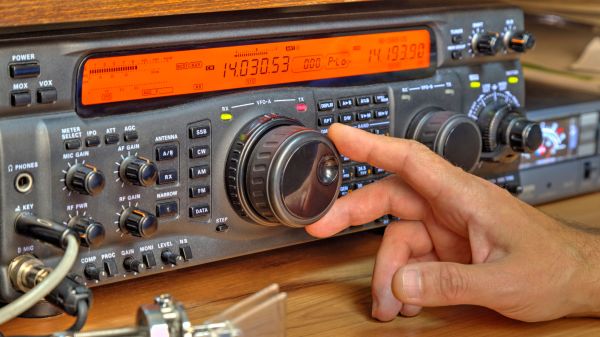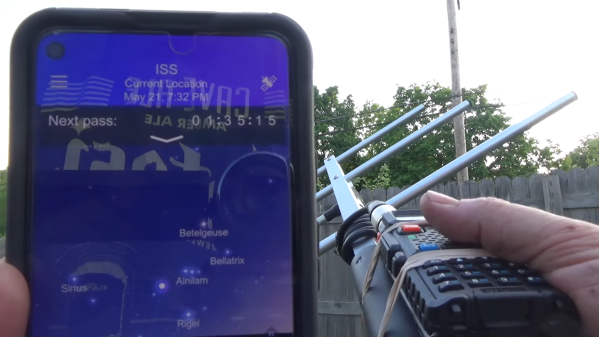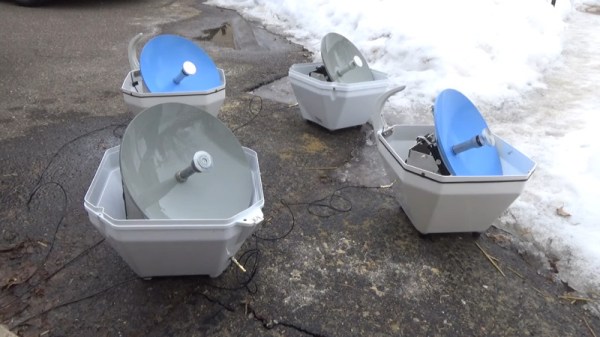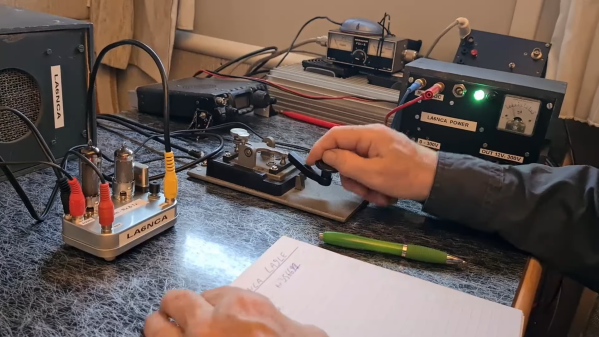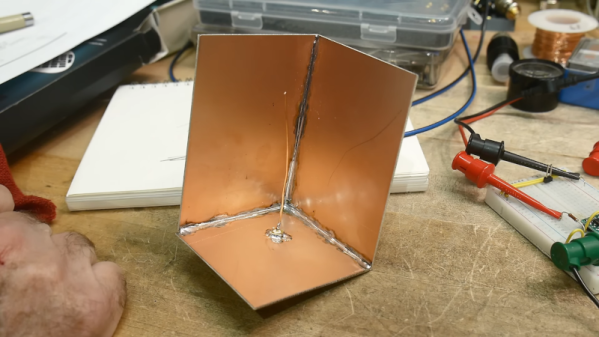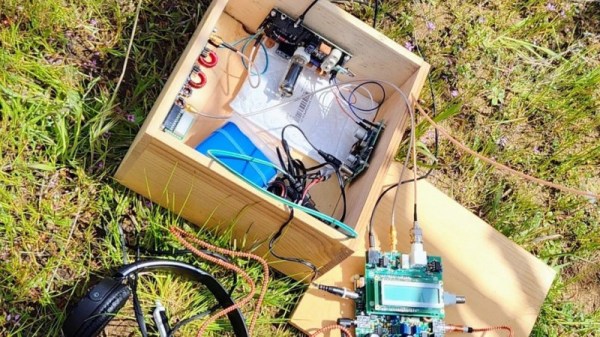Let’s be honest — there are some not very pleasant stereotypes associated with amateur radio, at least if you ask outsiders. Hams are often thought of as being in two camps: old guys who can’t figure out modern technology or conspiracy theorists who think their knowledge of radio will give them an edge after the world becomes a post-apocalyptic hellscape. We’ll leave it to you to decide which is the worse brush to be painted with.
As is often the case, the best way to fight such ignorance is with education and outreach. Events like our weekly Hack Chat are a perfect platform for that, as it allows the curious to ask questions and get answers directly from subject matter experts. This is precisely why we invited Mark Hughes and Beau Ambur to helm last week’s Chat. The fact that they’re both relatively recent licensees makes them uniquely qualified to shed some light on what it’s like to become part of the ham radio community in the 21st century. As an added bonus, they’re both sharp and articulate technologists — about as far as you can get from the mental image of the doddering old granddad who prefers the simplicity of the Morse key to those newfangled smarty-phones.
Continue reading “Passionate Hams Make Their Mark On The Hack Chat”

